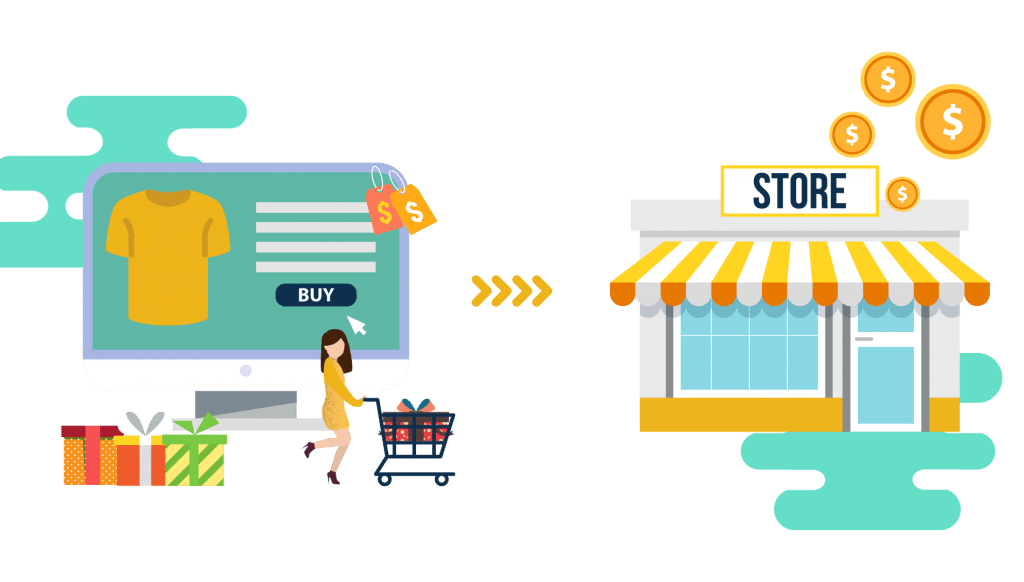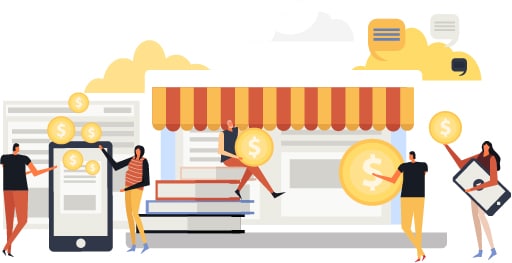
The solution lies in Integrated Services
The convenience of online retail and the real-world reliability of the in-store experience are exactly what consumers want. They want to have a combination of their two business flows. So they can have an overview between offline and online – and back again – without any interruption.

Ways of working
O2O or online-to-offline is the link between ‘online discovery’ and actual commerce in the physical world. The goal of online-to-offline commerce is to create product and service awareness online, allowing potential customers to research different offerings and then visit the local brick-and-mortar store to make a purchase.
- The online component helps consumers discover a product and pay for it (smart phones, computers,...)
- After which they are directed to the offline world (shops)
- Stores and shops are where they do the actual purchase
Ways of working
O2O or online-to-offline is the link between ‘online discovery’ and actual commerce in the physical world. The goal of online-to-offline commerce is to create product and service awareness online, allowing potential customers to research different offerings and then visit the local brick-and-mortar store to make a purchase.
- The online component helps consumers discover a product and pay for it (smart phones, computers,...)
- After which they are directed to the offline world (shops)
- Stores and shops are where they do the actual purchase

FAQs
Online-to-offline (O2O) commerce is a business strategy that draws potential customers from online channels to make purchases in physical stores. In other words, O2O is moving customers from interacting online (through websites, emails, advertisements and mobile apps) to engaging offline (by heading to a store).
O2O integration enables synchronizing your data from both online and offline systems to have real-time updates of your sales order and inventory, then draw more potential customers from online channels to make purchases in physical stores.
O2O is more often defined as online to off-line because this strategy allows a company to broaden its audience using a wider network of potential customers. The technique can work for businesses that are marketing to regional and even global audiences, depending on the industry. Doing O2O Commerce, companies with physical storefronts and eCommerce interfaces can build an audience from both platforms to broaden the reach of a business or brand.
Online-to-offline commerce identifies customers in the online space – such as through emails, SMS, social media, and apps – and then uses a variety of tools and approaches to entice the customer to leave the online space. This type of strategy incorporates techniques used in online marketing with those used in brick-and-mortar marketing, as well as the relatively new but fast evolving proximity based technologies.
At a high level, there are 3 key benefits of O2O strategy:
- Brand reputation / appropriation
- Revenue and loyalty
- Time to market
And in many cases, businesses employing an O2O strategy also benefit from business process efficiencies and associated reduction in operating costs.

Beehexa O2O solution team works hard to get to know the better of customer’s needs in terms of e-commerce platform products and services.